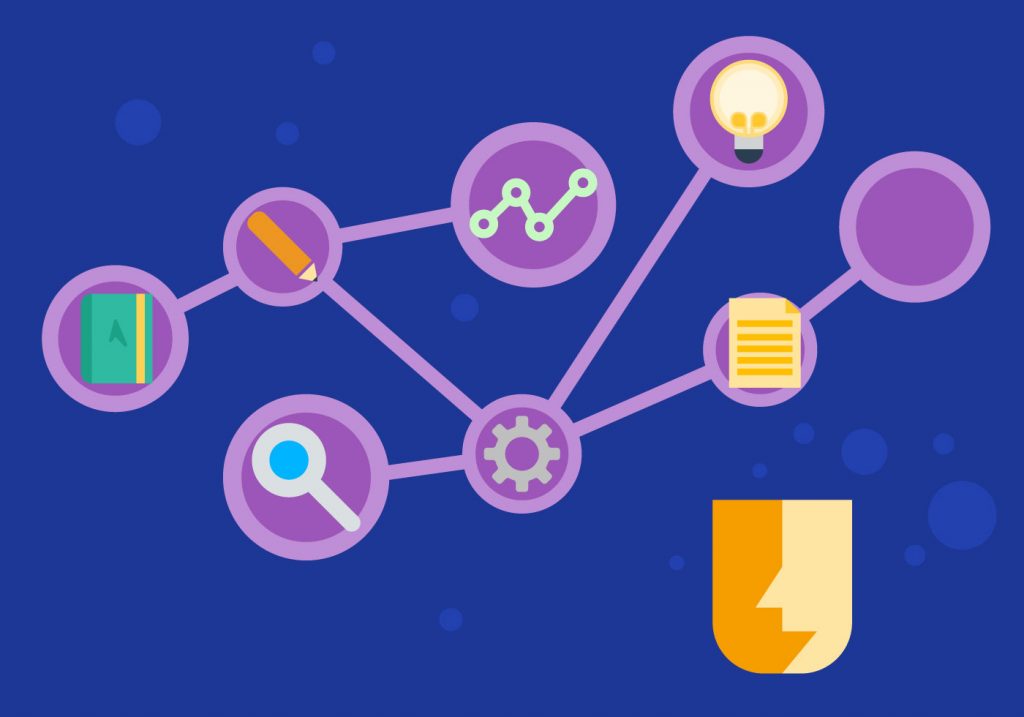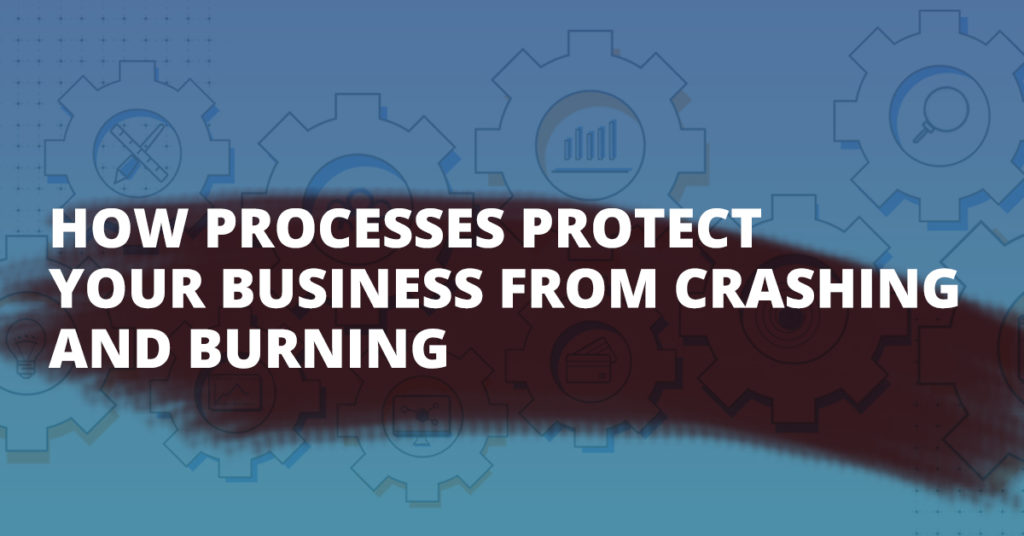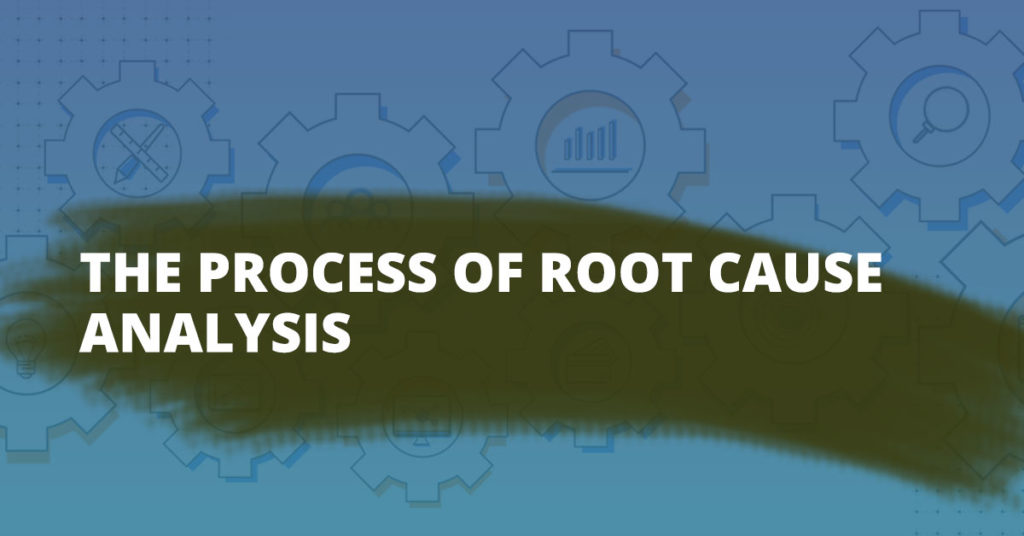“Project Management” is a term that’s often bandied about today. It first became popular in the early 1960s, driven by businesses which realized that there were benefits to be gained from organizing work into separate, definable units and from coordinating different kinds of skills across departments and professions. One of the first uses of project management was to handle the U.S. space program, and governments, military organizations, and the corporate world of business have all since adopted the discipline.
Although the term is now universally familiar, not many people fully understand exactly what project management involves. We tend to think of it as common sense, and that anyone can manage anything by being calm and well organized. These are qualities that a project manager definitely needs, but other things are essential too. Project management is, in fact, a structured way of working and recording events that can bring order and coherence to any set of tasks with a predetermined goal.
FREQUENTLY ASKED QUESTIONS
Can a “project” be defined in any way?
It can, yes, although it’s one of those words that is defined in various different ways by different bodies. However, all sources seem to agree that a project is:
A task or set of tasks undertaken within specific time frames and cost constraints in order to achieve a particular benefit.
Are there any stages common to all kinds of projects?
Yes; there are three of them, in fact. Think about the following:
⦁ Arranging a vacation
⦁ Decorating a room
⦁ Assembling a garden shed
⦁ Moving to a new house
⦁ Organizing a party
These are all examples of a project, because they all have three things in common. In each case, you:
⦁ Identify a need and benefit first of all;
⦁ Start to produce whatever will satisfy the need
⦁ Use, operate or simply enjoy the fruit of your labors once all the work has been done.
This basic three-stage cycle is common to all projects, large and small, whether you are producing a physical product (such as a bridge or computer system), an event (like a project launch or sporting event), or a change in circumstances (an office move or reorganization, for instance).
REGISTER FOR A PROJECT MANAGEMENT PROFESSIONAL CLASS NOW
What other factors have to be taken into account?
As well as the three stages mentioned above, all projects have three key parameters (or factors) which have to be taken into account:
⦁ Time
⦁ Cost
⦁ Quality (also referred to as “performance” or “specification”)
The relationship between these three elements is often shown as triangle, with each different element joined to both of the other. This is because, throughout the life of a project, the three factors are likely to conflict with one another, you will nearly always find that everyone wants high performance within a very short time at minimal cost! However, if any one of these factors are likely to conflict with one another. You will nearly always find that everyone wants high performance within a very short time, at minimum cost! However, if the any of these factors is absolutely essential, the other two will have to give way to a certain extent -its impossible to be in all three corners at once, so you have to set priorities for the project, whatever it is.
Say, for example, your project had been to make all your IT systems 2000-complaint in time for the new millennium. Your priorities would probably have been in the following order:
Time: You would have needed to get everything ready for midnight on 31 December 1999.
Quality: It would have been essential that everything worked properly when the clocks changed.
Cost: You might have had to spend whatever was necessary to make sure the other two parameters were met.
When you are beginning a new project, its a useful exercise to place it in this triangle to indicate how flexible -or not- you could be with any of the three parameters.
So, from a combination of the three stages and the three parameters, We cab see that a project:
⦁ Has a finite and defined life span
⦁ Aims to produce a measurable benefit or product
⦁ Contains a corresponding set of activities designed to achieve that benefit or product.
⦁ Has a defined amount of resources allocated
The final, vital requirement is that the project also has a proper organization structure with defined responsibilities, so that everyone involved knows what they are doing and why, how it must be done, and by when.
One important thing to bear in mind is that projects are finite – they have a definite beginning and end. If these are unclear and others are working away without a proper goal in sight, its not a project.
REGISTER FOR A PROJECT MANAGEMENT PROFESSIONAL CLASS NOW
Understand what Project Management is
All projects, large or small, are established to create something new to an organisation, and, as a result, they create an environment which is unstable and risky.
Without change, though, we’d stagnate. Projects help us to develop, but its important to keep them under right control so that they stay focused and achieve what they are supposed to. This is where the project manager comes in!
The whole project management process revolves around three main areas:
- Business. Projects must support your organization’s business strategy. If they don’t, they shouldnt be started in the first place. To work out whether a project is a good idea or not, there has to be agreement from everyone involved or affected about
⦁ What the project is
⦁ What its targets are
⦁ The benefits to the business
It’s the project manager’s job to make sure the project has been properly defined and planned from the outset. - People. projects revolve around people, and, if the project manager isnt managing the team doing the work and all the other stakeholders, he or she isnt managing the project. Identifying or appointing certain people is also key, such as the project sponsor (the person who’s requested for the project-usually the one who is paying for it) and “champions” who can support and promote the different areas of the work.
- Control. As soon as authorization is recieved to start work, the project manager must plan the route of the project, assess what risks are involved, identify what skills and resources are required, then constantly check progress and adjust its course to make sure the targets are reached successfully.
REGISTER FOR A PROJECT MANAGEMENT PROFESSIONAL CLASS NOW
Know What Skills Are Required
The project manager is often seen as a juggler, the person who has to keep all the balls in the air at once-plans, budgets, people, communications, and so on, as well as keeping the balance between the three parameters of time, cost, and quality mentioned above. Project managers therefore need to have a good level of know-how in whatever field their project is in (such as IT or manufacturing expertise, for example), as well as sufficient “clout” to have influence with senior decision makers.
All these requirements can be split into two different areas of skills: business and interpersonal.
Business
⦁ The project manager should be able to:
⦁ Plan all aspects of the project;
⦁ Monitor costs, efficiency, and quality without generating unnecessary extra work for others;
⦁ Use both technical and general management skills to control the project;
⦁ Make sure that the whole team takes part in decision making which boosts trust and productivity;
⦁ Get things done right first time without being a slave driver;
⦁ Get the right people for the right task at the right time;
⦁ See clear-sightedly through tangled issues;
⦁ Keep focused on results;
⦁ Demonstrate excellent problem-solving skills
Interpersonal
He or she also needs to:
⦁ Lead both by example and taking a back seat when appropriate;
⦁ Negotiate any project requirements (such as suitable time frames and budgets) with senior decision makers;
⦁ Motivate with integrity, sensitivity and imagination;
⦁ Build excellent team relationships;
⦁ Communicate clearly and unambiguously with everyone.
Understand The Project Life cycle
Any project has a natural progression, following a series of different stages from when it is first established to when it is finished and the benefits are seen. This is known as the project life-cycle.
Depending on their complexity, some projects will need more stages than others. Having said that, the same steps can generally be applied to any sort of objective.
⦁ Evaluate ideas. This stage evaluates the business need for the project; documents the initial idea(s), assesses the benefits; identifies risks which might threaten the success of the project; and outlines how it is going to be done, how long it will take, what it will cost, and whose authority will be need to proceed.
⦁ Define and design. Now you’re into the detail. How will you run the project? Who will be needed to do it? How will you divide up the responsibilities? What key measures and milestone will you use to monitor progress? To make sure things don’t get missed out, think in terms of what your business/team needs, what customers need, and what your competitors are up to. Do they have any new initiatives that you need to improve on, for example?
⦁ Build and test. With all your plans and designs in place and agreed upon, you find and build all the new processes, places, and people involved in the project. At every stage, you test to make sure that everything works as its meant to.
⦁ Implement, Pilot and launch. Here you pilot the project, evaluate how its gone so far, and refine as necessary. Then you finalize the full-scale launch, prepare the processes and systems that will be required, andd provide any necessary training. This is the last point at which your project sponsor can make a final decision on whether or not to go ahead.
⦁ Evaluate and monitor. Following the launch, you mske sure that the project had delivered the expected benefits. You also record any learning points so that you can manage things more effectively next time-things are bound to go wrong along the way but, if you learn from them, you will start your next project much better equipped.
Bear in mind that this process doesn’t necessarily flow through in one smooth sequence, as you will need to keep evaluating and monitoring plans, budgets, schedules, and so on throughout the life of the project. However it does act as a good “road map”, and none of the stages should be left out even if your project is a small one.



